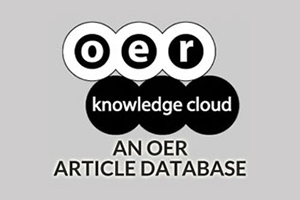Initial trends in enrolment and completion of massive open online courses
DOI:
https://doi.org/10.19173/irrodl.v15i1.1651Keywords:
Open learning, Higher Education, E-learning, Online LearningAbstract
The past two years have seen rapid development of massive open online courses (MOOCs) with the rise of a number of MOOC platforms. The scale of enrolment and participation in the earliest mainstream MOOC courses has garnered a good deal of media attention. However, data about how the enrolment and completion figures have changed since the early courses is not consistently released. This paper seeks to draw together the data that has found its way into the public domain in order to explore factors affecting enrolment and completion. The average MOOC course is found to enroll around 43,000 students, 6.5% of whom complete the course. Enrolment numbers are decreasing over time and are positively correlated with course length. Completion rates are consistent across time, university rank, and total enrolment, but negatively correlated with course length. This study provides a more detailed view of trends in enrolment and completion than was available previously, and a more accurate view of how the MOOC field is developing.
Published
How to Cite
Issue
Section
License
This work is licensed under a Creative Commons Attribution 4.0 International License. The copyright for all content published in IRRODL remains with the authors.
This copyright agreement and usage license ensure that the article is distributed as widely as possible and can be included in any scientific or scholarly archive.
You are free to
- Share — copy and redistribute the material in any medium or format
- Adapt — remix, transform, and build upon the material for any purpose, even commercially.
The licensor cannot revoke these freedoms as long as you follow the license terms below:
- Attribution — You must give appropriate credit, provide a link to the license, and indicate if changes were made. You may do so in any reasonable manner, but not in any way that suggests the licensor endorses you or your use.
- No additional restrictions — You may not apply legal terms or technological measures that legally restrict others from doing anything the license permits.







